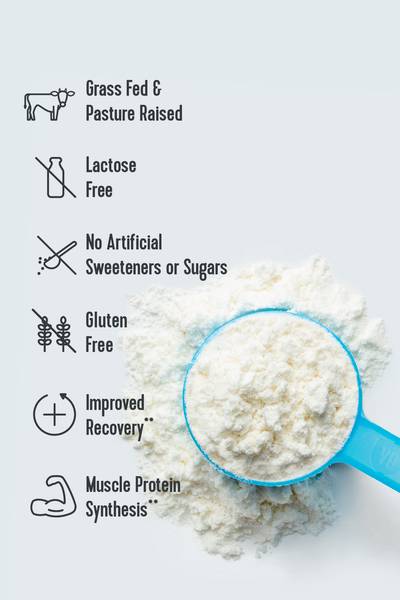As runners, you often plan your weeks around your long runs, which are important for endurance training. But if you really want to improve your speed, you need to incorporate track workouts into your routine as well. But speedwork is tough, and can often get overlooked.
So, we tapped two experts — Kim Conley, two-time Olympian and professional runner for New Balance, and Alain Saint-Dic, personal trainer and run coach — to take the intimidation factor out of track workouts.
How do you get in shape for track workouts?
The single best way to prepare yourself for adding track workouts to your training arsenal, is to become extremely intentional about doing a running-specific dynamic warmup. The dynamic warmup should be a series of drills that accomplishes the goal of dynamically stretching the muscles in the way specific running movement, bringing your heart rate up, improving biomechanics specific to running, and teaching basic force application to allow you to run faster, Saint-Dic says.
Conley also suggests slowly incorporating short durations of track workouts to the end of your normal runs. "I usually start with some strides before I begin doing full track workouts. That means I got for a normal run, but I finish it at the track and then do 6-8 x 100m at a faster pace than my run pace. It allows me to introduce my body to running faster on the track without the demands of an entire workout," Conley tells Lively.
Related Articles
How can I increase my speed on the track?
The best way to improve track performance is through consistent training. You have to commit to doing a track workout once a week and gradually increasing the workload (how far and how fast you run). It also helps to take it easy the day before and the day after the track workout so that you are ready to get the most out of yourself during the workout and give your body time to adapt to the demands of it after, explains Conley. The adaptation is what leads to improvement.
"The two best ways to increase your speed on the track is to train for speed and to drill properly with high frequency," Saint-Dic says. "You become faster by running faster."
There are different ways to think of speed, however, every single person can benefit from increasing their overall top-end speed.
"This happens best with workouts composed of very short distances up to 80m, along with full recovery periods give runners the opportunity to fire off at max efforts for the duration of the workout," Saint-Dic tells Lively.

What is a good track workout?
If you're ready to start adding track workouts to your training, try one of these.
Track Workout for Improving Speed created by Conley
- For someone who wants to improve raw speed, a great workout is 8 x 80m as fast as you possibly can go.
- Take at least 3 minutes rest between each one to allow your body to restore its source of energy for the next one (otherwise you can’t help but slow down).
Track Workout for Improving General Fitness (Ladder Workout) created by Conely
- 200m (1/2 lap)
- 400m (1 lap)
- 600m (1.5 laps)
- 800m (2 laps)
- 600m
- 400m
- 200m
- Take 2 minutes of rest between each.
Perform all at a moderately hard effort (meaning you can't talk, but you could keep going a little further at the end of each one).
Track Workout created by Saint-Dic
- Warm Up 800m to 1600m
- Dynamic Warmup Drills (High Knees, Butt Kickers, etc)
- 5 x 40m (95-100% effort)
- 3 minute recovery
- 5 x 40m (95-100% effort)
- 3 min recovery
- 2 x 110m (95-100% effort)
- Cool Down 800m jog
- Stretch
How do I train to run track?
The repetition of the drills simulating solid, efficient and powerful running form, will become second-nature and transfer over into your running.
"It will feel weird and awkward at first, but I guarantee you that with enough repetition, your body will learn to carry you more forcefully and with less effort," Saint-Dic says.
From there it's a matter of conditioning to train your body to maintain peak velocity at a low rate of deceleration for increased distances.
And, don’t do too much too soon!
"I seem to make this mistake every season — I think I can run a workout that is way too hard for my current fitness and it backfires and I don't finish," says Conley.
Instead, if you're training to run a certain race pace, begin with short intervals at that pace and then make them longer as you build fitness.















